The bull "goes south, goes north"
Every day, Ms. Bui Thi Que, Muong Xen town - Ky Son, wakes up early, busily lights the fire to prepare to dry beef in the kitchen after the cow has just been slaughtered.
Ms. Que shared: We have been involved in the profession of making bo giang for more than ten years. According to the tradition of the Ky Son indigenous people, bo giang in the Thai language means beef hung on a wood stove. In the past, whenever a family had an important event, people often slaughtered a cow to worship and treat the village. The large amount of meat was not used up during those days, and there was no refrigerator to preserve it, so people came up with a way to hang it on a wood stove to prevent the invasion of bacteria, helping the meat not to spoil. The bo giang dish was born and has been present for hundreds of years in the highland districts.

From a simple custom, up to now, Ky Son beef jerky has become a special culinary dish of the people in the border region of Nghe An. Many tourists from all over the world, after coming to Ky Son district, hope to buy this specialty to enjoy when they return to the lowlands.
The rich, fragrant taste of fresh beef when cooked, the smoke of wood smoke permeates every fiber of the meat, creating a unique flavor in the highlands. Around the cozy red fire, tasting a piece of beef with a glass of wine, all visitors are amazed.

According to the professionals, to have quality, delicious beef jerky, all stages from choosing ingredients, marinating to lighting firewood, hanging in the kitchen, watching the fire… must be done meticulously. For beef, you must choose firm meat, fresh thigh or tenderloin, especially Ky Son native beef to achieve quality.
The meat will be cut into pieces 15-20 cm long, 5-7 cm wide, then washed, marinated with highland spices and left to marinate for about 1 hour to absorb the flavor. After that, each piece of meat is skewered on bamboo sticks and hung over a wood stove. The fire is kept low until the meat is smoky and brown on the outside, but when torn, the inside is light red and firm, then the beef jerky is cooked... After that, the product is taken out, packaged, and vacuum-sealed to supply the market.

In the past, beef jerky was mainly served to families, especially during holidays and Tet, but in recent years, due to its popularity with customers, households have proactively produced it all year round to supply the market. Many groups of visitors to Ky Son, after enjoying it, have contacted to order large quantities as gifts. Ky Son beef jerky is increasingly being served on buses, going to the South and the North, especially during the tourist season, holidays and Tet...
According to statistics, the whole Ky Son district has dozens of households producing bo giang and one household has been certified as an OCOP product, which is the household of Ms. Bui Thi Que, in block 5, Muong Xen town. Bo giang is also the only dish recognized as an OCOP product in Ky Son district.

Sharing about this honor, Ms. Que said: “My wish is to make the beef stew not only a “specialty” of Ky Son but also a product that will be known nationwide, available in stalls, supermarkets, and for people working in the profession to have a stable income. Therefore, we are determined to achieve the OCOP certification of the province so that the image of Ky Son will be known more widely. All stages from selecting ingredients to preliminary processing, marinating, stewing on a wood stove… are all carried out to ensure hygiene requirements, according to traditional recipes.
Sour meat specialty in Que Phong
Cuong Hoai sour meat in block 5, Kim Son town is famous in the province, many people buy it as a gift when coming to Que Phong district. With 32 years of producing goods, sour meat with smoked pork belly, cartilage sausage, dried beef, dried pork are popular specialties during Tet here, becoming a familiar address to buy to enjoy or sell, give to relatives who love the unique cuisine of the Thai people. Currently, this specialty has achieved 3-star OCOP in 2022, creating conditions for the production facility to be more stable and prestigious in the market.

Processing sour meat is a family secret, but Ms. Hoai - the shop owner said, the special thing is that the pig must be slaughtered and brought home immediately for the product to be delicious. After being fermented with "exclusive" spices, leaves, and roasted rice powder, the meat is naturally cooked and after 4-5 days it can be enjoyed or served to guests.
"When enjoying sour meat, we take the meat out of the refrigerator, the meat is compressed so when taking it out on a plate, gently squeeze it with onions, thinly sliced lemon leaves. Enjoy sour meat with fig or fig leaves, and Polyscias fruticosa leaves. Take a piece of sour meat, wrap it in a leaf and dip it in a bowl of pre-mixed soy sauce (the dipping sauce is pre-processed soy sauce provided by the facility or soy sauce sold on the market). The sweetness of the meat, the aroma of the rice powder, the crunchiness of the pork skin blend with the rich flavor of fig leaves, fig leaves dipped with chili sauce or fish sauce to create a very attractive, easy-to-eat flavor" - Ms. Hoai said.
Enjoying this specialty once will easily make you crave it again when the weather is cold, especially with a cup of highland wine. This is a unique product of the Thai ethnic group in the highlands of Que Phong and is currently only consumed in the province. People outside the province really want to enjoy it, but due to the limited shelf life, they must use it properly. In Que Phong, there are also many delicious dishes that are unique cuisine, but currently only sour meat with yellow flower tea and Japonica rice are certified as OCOP products of Nghe An.

The fact that the specialties of Ky Son and Tuong Duong beef jerky, Que Phong sour meat and other foods in the highland districts such as Con Cuong sticky rice wine, Anh Son oranges, Mu Tun wine, etc., are granted OCOP certificates, not only create more income and jobs for many families in the districts but also promote the development of local livestock and tourism, spread the image of the highland districts, and become cultural ambassadors of the locality. After enjoying these specialties, more and more people buy them as gifts. Currently, it is very gratifying that the producers have done a very good job of promoting their products to the market.
Source




![[Photo] Closing of the 11th Conference of the 13th Central Committee of the Communist Party of Vietnam](https://vstatic.vietnam.vn/vietnam/resource/IMAGE/2025/4/12/114b57fe6e9b4814a5ddfacf6dfe5b7f)

![[Photo] Overcoming all difficulties, speeding up construction progress of Hoa Binh Hydropower Plant Expansion Project](https://vstatic.vietnam.vn/vietnam/resource/IMAGE/2025/4/12/bff04b551e98484c84d74c8faa3526e0)

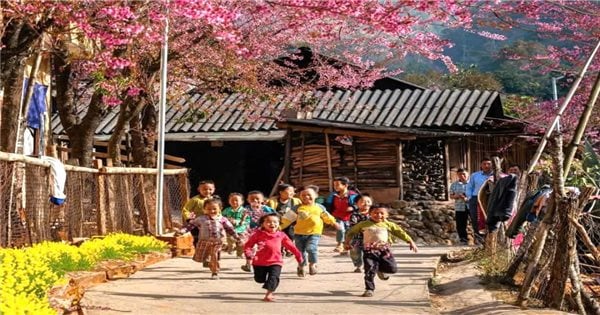





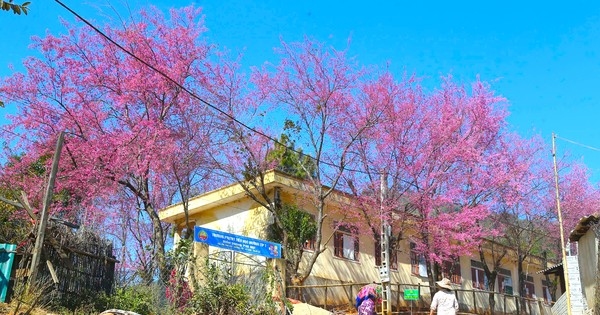


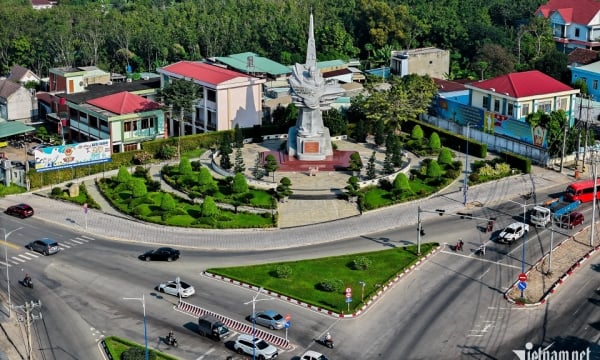



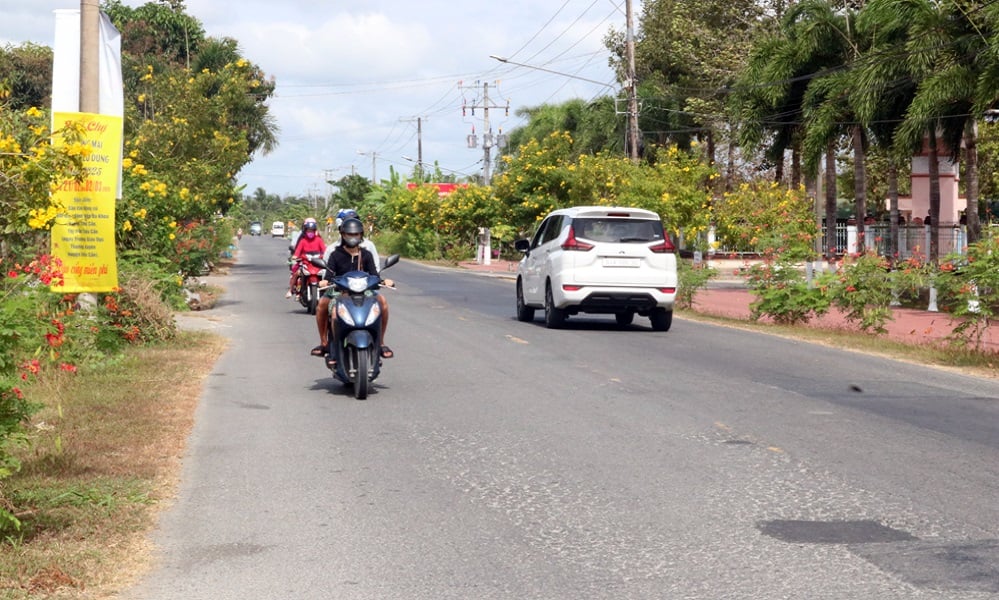




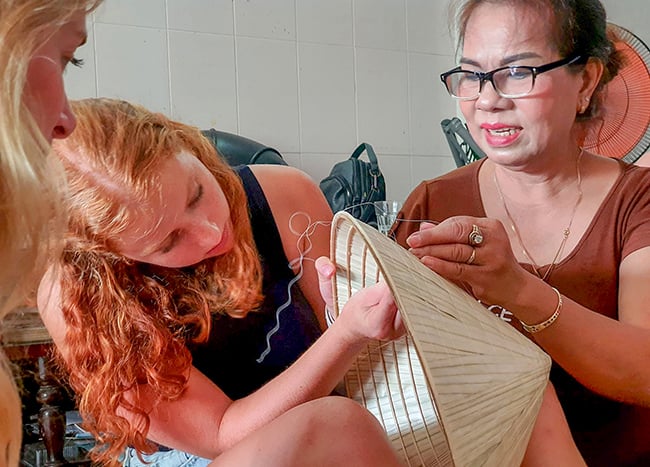


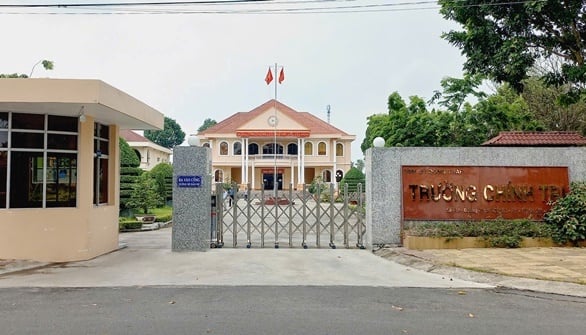

































































Comment (0)